
A new study in the journal Ecology shows that the carcasses of moose killed by wolves enrich the soil in “hot spots” of forest fertility around the kills, causing rapid microbial and fungal growth that provide increased nutrients for plants in the area.
The unexpected finding illuminates another contribution large predators make to the ecosystem they live in and illustrates what can be protected or lost when predators are preserved or exterminated, said wildlife biologist Joseph Bump, of Michigan Tech.
Bump and his colleagues, Rolf Peterson and John Vucetich, studied a 50-year record of more than 3,600 moose carcasses at Isle Royale National Park. They measured the nitrogen, phosphorus and potassium levels in the soil at paired sites of wolf-killed moose carcasses and controls. They also analyzed the microbes and fungi in the soil and the leaf tissue of large-leaf aster, a common native plant eaten by moose in eastern and central North America.
They found that soils at carcass sites had 100 – 600 percent more inorganic nitrogen, phosphorus and potassium than soil from surrounding control sites. Carcass sites also had an average of 38 percent more bacterial and fungal fatty acids, evidence of increased growth of bacteria and fungi.
Additionally, the nitrogen levels in plants growing on the carcass sites was from 25 to 47 percent higher than the levels at the control sites. Since large herbivores, like moose, are attracted to nitrogen-rich plants, the carcass sites become foraging sites, further supplementing soil nutrients from the urine and feces of the animals eating there.
“I was initially skeptical that it would be possible to detect something as diffuse in the forest floor as nutrients from dead animals,” said co-researcher Peterson. “It was gratifying to see Joseph succeed in following animal-derived nutrients back into plants to enrich them in protein, ready to be eaten again.”
According to Bump, even moose killed in winter and mostly consumed produce substantial nutrient hot spots. “At the landscape scale, long-term carcass deposition patterns could influence forest dynamics by shifting competitive relationships among tree seedlings through changes in the nutrient concentrations in their growth environment,” he notes.
“Predation and nutrient cycling are two of the most important of all ecological processes, but they seem just about completely unrelated to one another,” observes Vucetich. “[However this has] led us to understand how these two seemingly disparate processes are in fact connected and connected in a most interesting way.”
Related:
Loss of top predators causing widespread ecosystem disruption
Predator-prey relationships a key driver in nature’s synchronicity
Of Pendulums And Predation

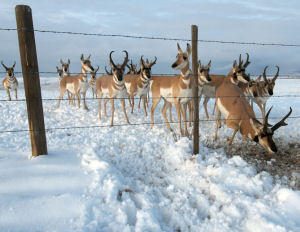
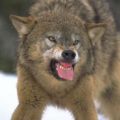

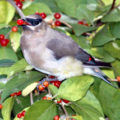
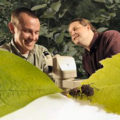
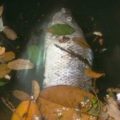

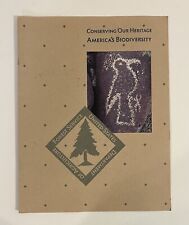

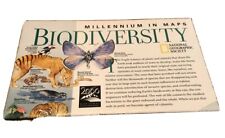
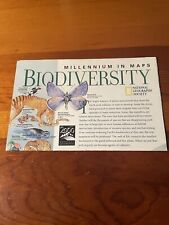
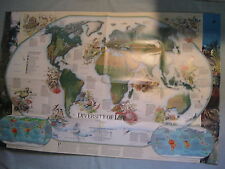
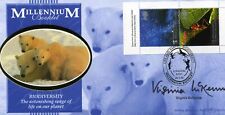
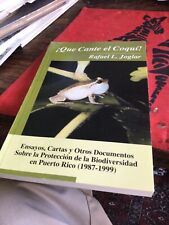
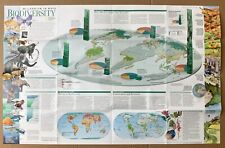
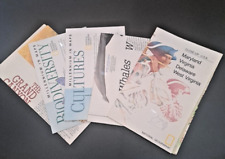
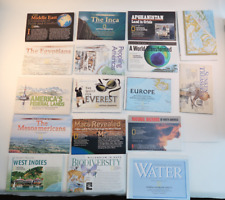
Comments are closed.